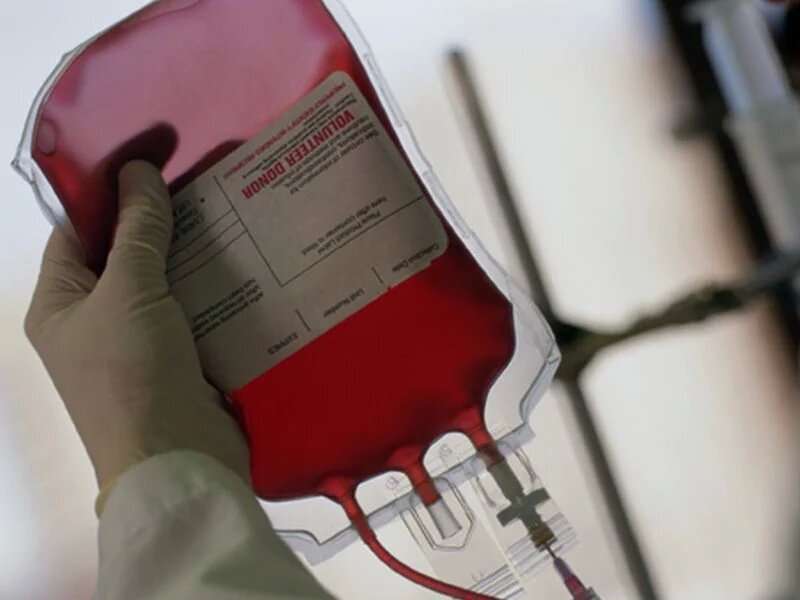(HealthDay)—Blood donation is associated with iron deficiency among both adolescent girls and younger adult women in the United States, according to a study recently published in Transfusion.
Eshan U. Patel, M.P.H., from the Johns Hopkins University School of Medicine in Baltimore, and colleagues used data from the 1999 to 2010 National Health and Nutrition Examination Survey to identify girls and women who reported their blood donation history in the preceding year and had serum ferritin (SF) measurements available. Participants were stratified by age (adolescents, 16 to 19 years: 2,419; adults, 20 to 49 years: 7,228).
The researchers found that in both adolescent and adult blood donors, geometric mean SF levels (ng/mL) were lower than in nondonors. Similarly, the prevalence of absent iron stores (SF < 12 ng/mL) was higher in blood donors compared with nondonors for both adolescents (adjusted prevalence ratio [aPR], 2.03) and adults (aPR, 2.06). The prevalence of iron deficiency anemia (SF < 26 ng/mL and hemoglobin < 12 g/dL) was also higher in blood donors compared with nondonors among both adolescents (aPR, 2.1) and adults (aPR, 1.74).
"These national data call for further development and implementation of blood donation practices aimed toward mitigating iron deficiency," the authors write.
More information: Abstract/Full Text (subscription or payment may be required)
Copyright © 2019 HealthDay. All rights reserved.





















